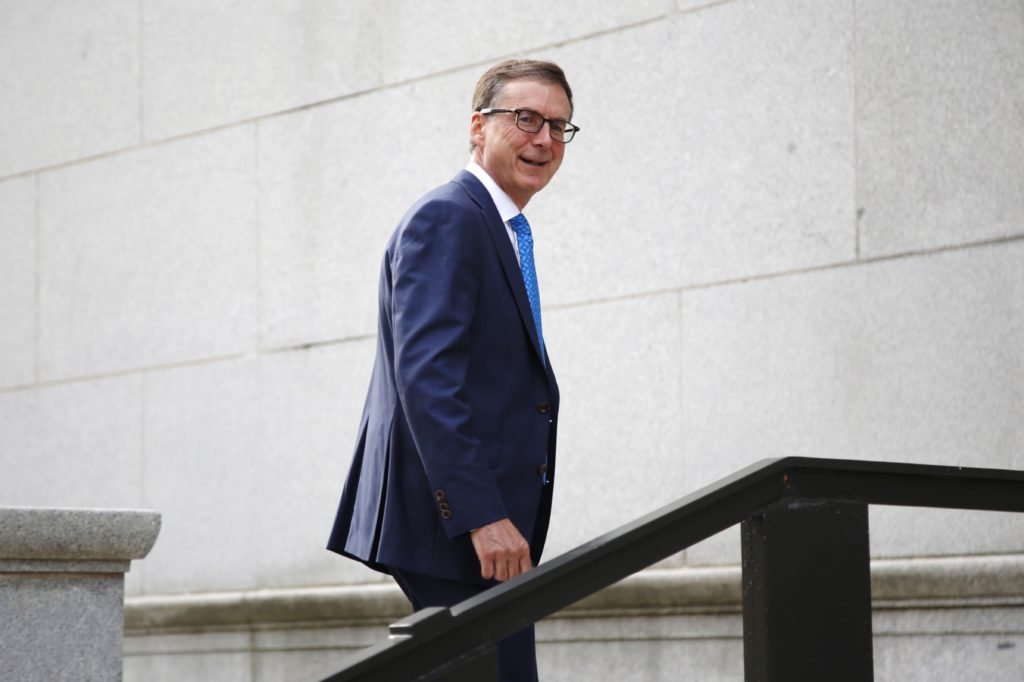(Bloomberg) — The Bank of Canada released guidance for the first time on how it plans to eventually reduce monetary stimulus, saying it will first raise interest rates before curbing its holdings of government bonds.
In a speech Thursday a day after stand-pat policy decision, Governor Tiff Macklem provided details on what he called the central bank’s “monetary policy for the recovery.” Macklem reiterated the bank intends to bring its bond purchases to a roughly neutral pace where holdings and stimulus levels remain stable, and keep it there for a “period of time” before it begins withdrawing extraordinary support from the economy.
And when policy makers start paring back that stimulus, the first move will be to increase the central bank’s policy interest rate rather than reducing bond holdings, Macklem said.
“When we need to reduce the amount of monetary stimulus, you can expect us to begin by raising our policy interest rate,” Macklem said in remarks prepared for a virtual speech to the Quebec chamber of commerce. “What this all means is it is reasonable to expect that when we reach the reinvestment phase, we will remain there for a period of time, at least until we raise the policy interest rate.”’
The bank began its quantitative easing program at the start of the pandemic last year, buying C$5 billion ($3.9 billion) a week in Canadian government bonds. Since then, the improving economic recovery allowed the bank to taper those purchases three times to bring it to the current target of C$2 billion a week. It has acquired about C$336 billion in Canadian government bonds since the program began.
In his speech, Macklem said the central bank believes that it will need to continue buying about C$1 billion a week in government bonds in order to keep its holdings at stable levels during the reinvestment phase, or about C$4 to C$5 billion a month. The reduction in purchases will take place in both the primary market and secondary markets, he said.
“Eventually, the reinvestment phase will end, and we will stop purchasing bonds to replace the ones that are maturing, so our holdings of Government of Canada bonds will decline,” Macklem said. “It is reasonable to expect that when we do eventually need to reduce monetary stimulus, our first move will be to raise the target for the overnight rate — our policy interest rate.”
In its rate statement Wednesday, the bank maintained its guidance to keep its benchmark rate at 0.25% until the economy is fully recovered and inflation has sustainably returned to 2%, something it doesn’t see happening until the second half of next year.
On Thursday, Macklem highlighted that the recovery is progressing as vaccination rates allow businesses to reopen. However, he reiterated there remain a number of roadblocks, with supply chain issues weighing on exports and manufacturing, and the path of the virus and its variants still uncertain.
“This is real progress, even if the recovery remains choppy and we are still living with the virus and uncertainty about its course,” Macklem said.
More stories like this are available on bloomberg.com
©2021 Bloomberg L.P.











